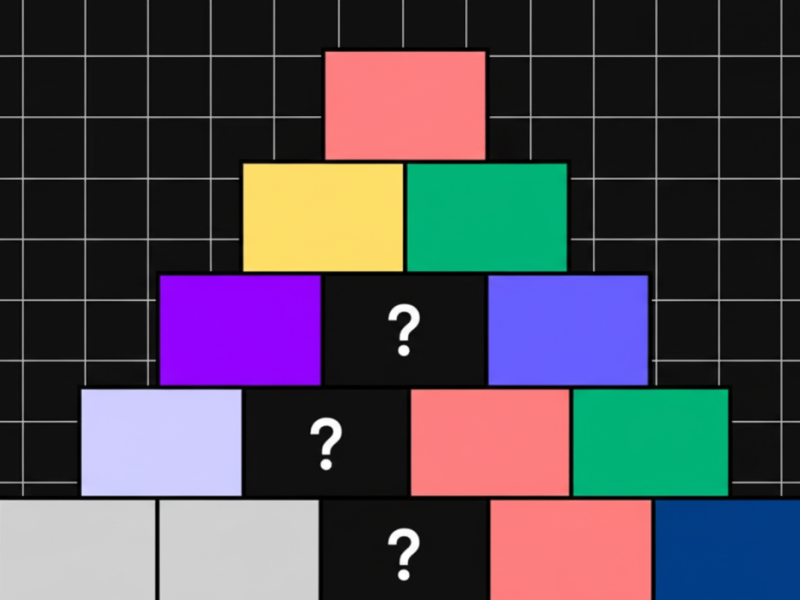
When we think about design systems, it’s easy to get caught up in the surface layer: the component library. Buttons, cards, tables, inputs, typography, and so on — lined up neatly like Lego bricks. At first glance, it can feel like progress. Maybe this system will finally be “the one” that works better than the last.
On the surface, a design system might look like a tidy collection of interface elements. But when we peel back the layers, it’s really a record of how we solve problems for our users.
But starting from the visuals means we’re already looking at the end of the process. Every component exists because of a product need, a user journey, or a layout decision that came before it. So the question we should be asking isn’t what the component looks like, but why it exists at all.
Digging Deeper with “The Five Whys”
One of the simplest tools to uncover purpose is The Five Whys. It works just as well for design systems as it does for root cause analysis.
Take color palettes as an example. A system might include a sprawling set of color values, carefully ramped and organized. But…why? Do we need all of them, or are only a handful ever used? Why was this specific shade included? What does it represent? What’s the intent behind it?
I’ve seen teams spend months perfecting their color systems, producing beautiful scales that cover every imaginable scenario. There’s nothing wrong with that, but often these palettes encode far more values than will ever be applied in the actual product. If that’s the case — why are they there?
The act of asking why doesn’t invalidate the work. Instead, it ensures the system is purposeful today, while leaving room for growth tomorrow.
Components as Solutions, Not Just Blocks
A design system isn’t just a storage box of reusable UI chunks. Every component is a solution to a problem we’ve already solved.
A card, for example, isn’t just a rectangle to put content in. It’s a pattern intended to communicate something specific. But if every piece of content ends up inside a generic “card,” users may become blind to them. In some cases, it makes more sense to have multiple card variations, each serving a distinct use case. The key is clarity — designers and developers should always know which card to use and why.
Difference in design systems isn’t inherently bad. It only becomes a problem when intent is unclear. Three, four, or even seventeen different card components can be perfectly fine, as long as each has a defined purpose.
From Buttons to Compositions
Buttons are often considered the heart of a system — small, simple, and everywhere. But even a button carries layers of decisions: states, variants, sizes, colors, accessibility, and more.
Why does this button exist? Why does it need multiple variants? Does it act like a link, or is it truly a button? These questions expose the hidden complexity behind something that looks deceptively simple.
At the other end of the spectrum are higher-level compositions. A “newsletter subscription” component, for example, isn’t just an input, a label, and a button — it’s a packaged solution to a real problem: How do we get people to sign up for our newsletter? Its purpose is obvious, and that clarity is what makes it powerful.
Why Purpose Matters
The value of asking why is that it guards against over-engineering and ensures the system evolves with intent.
– We don’t need to prepare for every possible future scenario.
– We don’t need to include components “just in case.”
– We do need every element to serve a clear purpose today.
That doesn’t mean locking things down. A good design system should encourage change and adaptation. It should provide a solid foundation, but also invite challenges to the status quo.
Closing Thoughts
On the surface, a design system might look like a tidy collection of interface elements. But when we peel back the layers, it’s really a record of how we solve problems for our users.
By continually asking why, we give our systems clarity, focus, and intent. We avoid the trap of building libraries filled with components no one needs. And most importantly, we create space for new ideas to emerge — ideas that can only surface when every piece of the system earns its place.
Comments
I love the way you are writing about design systems!